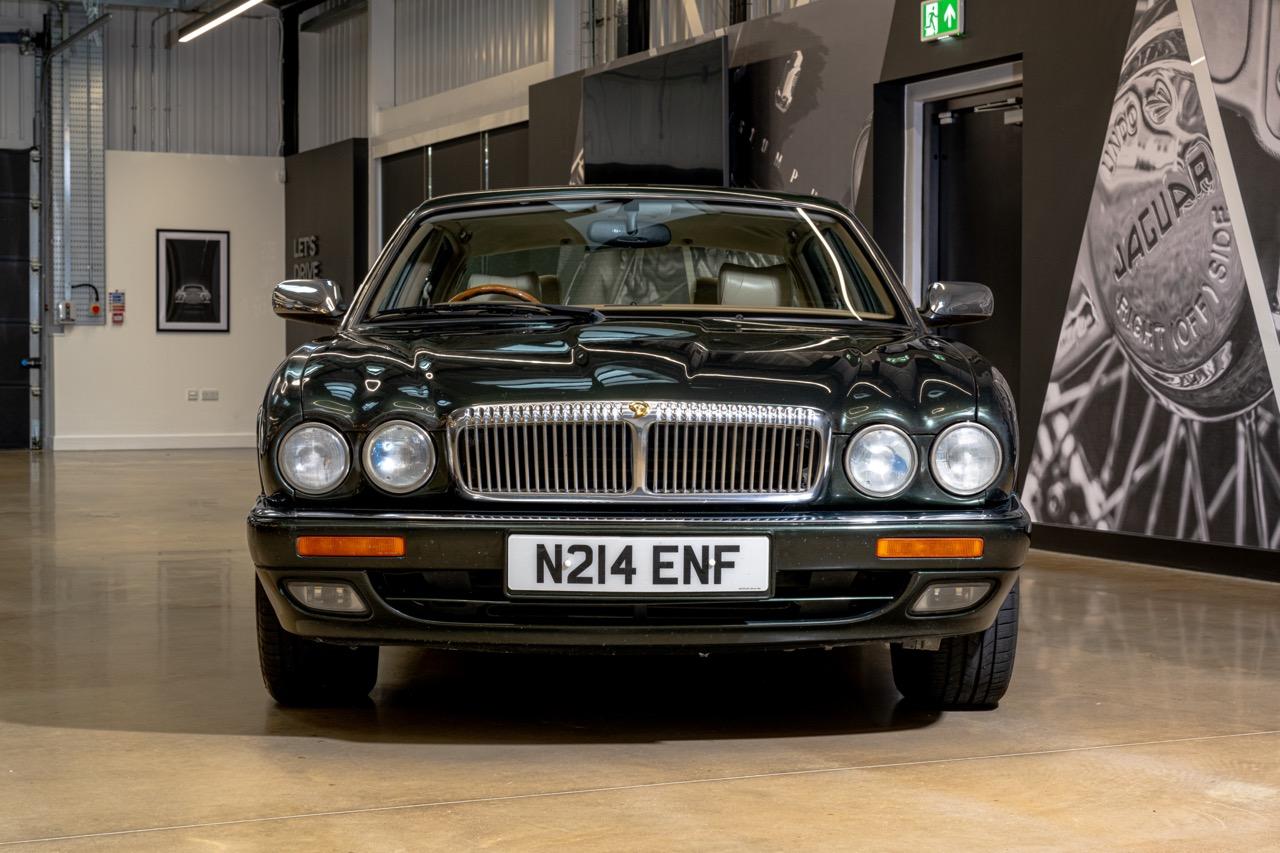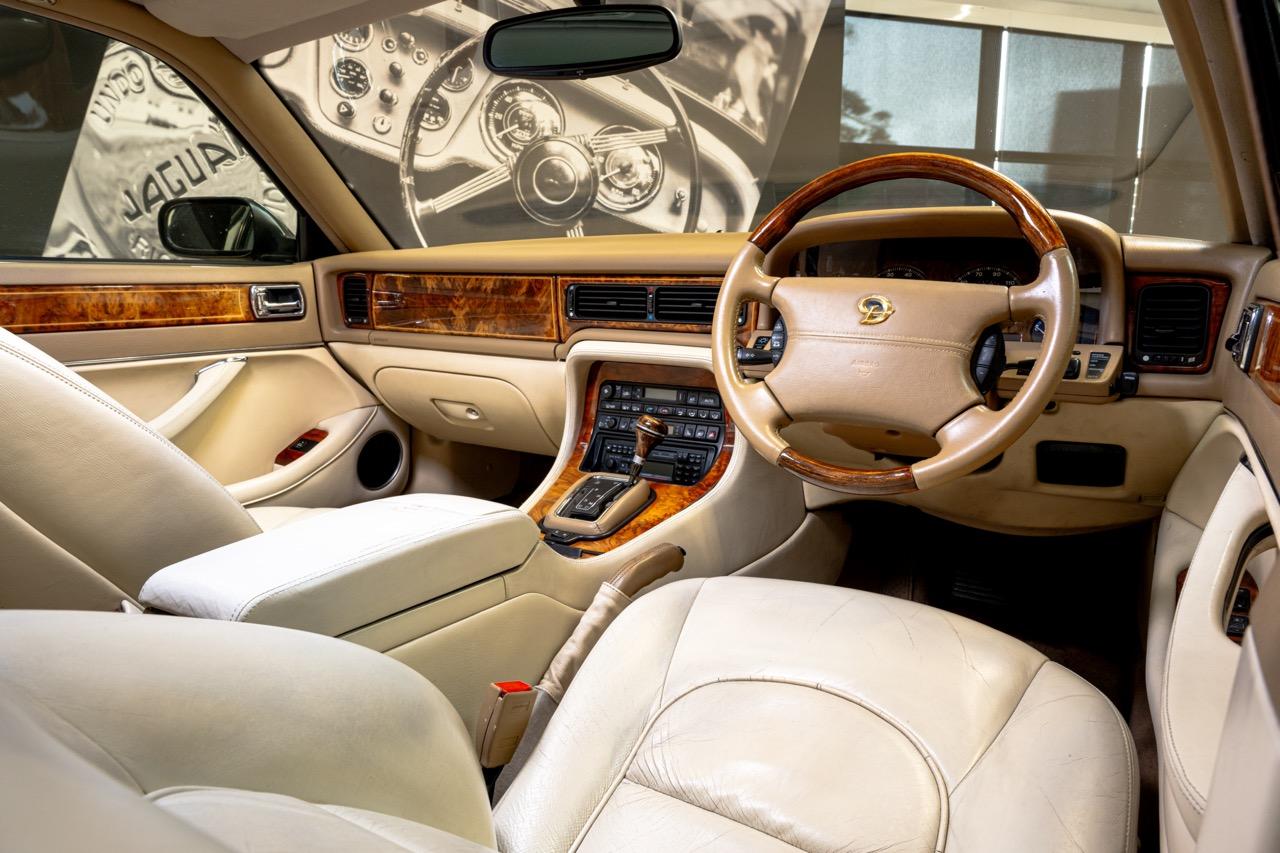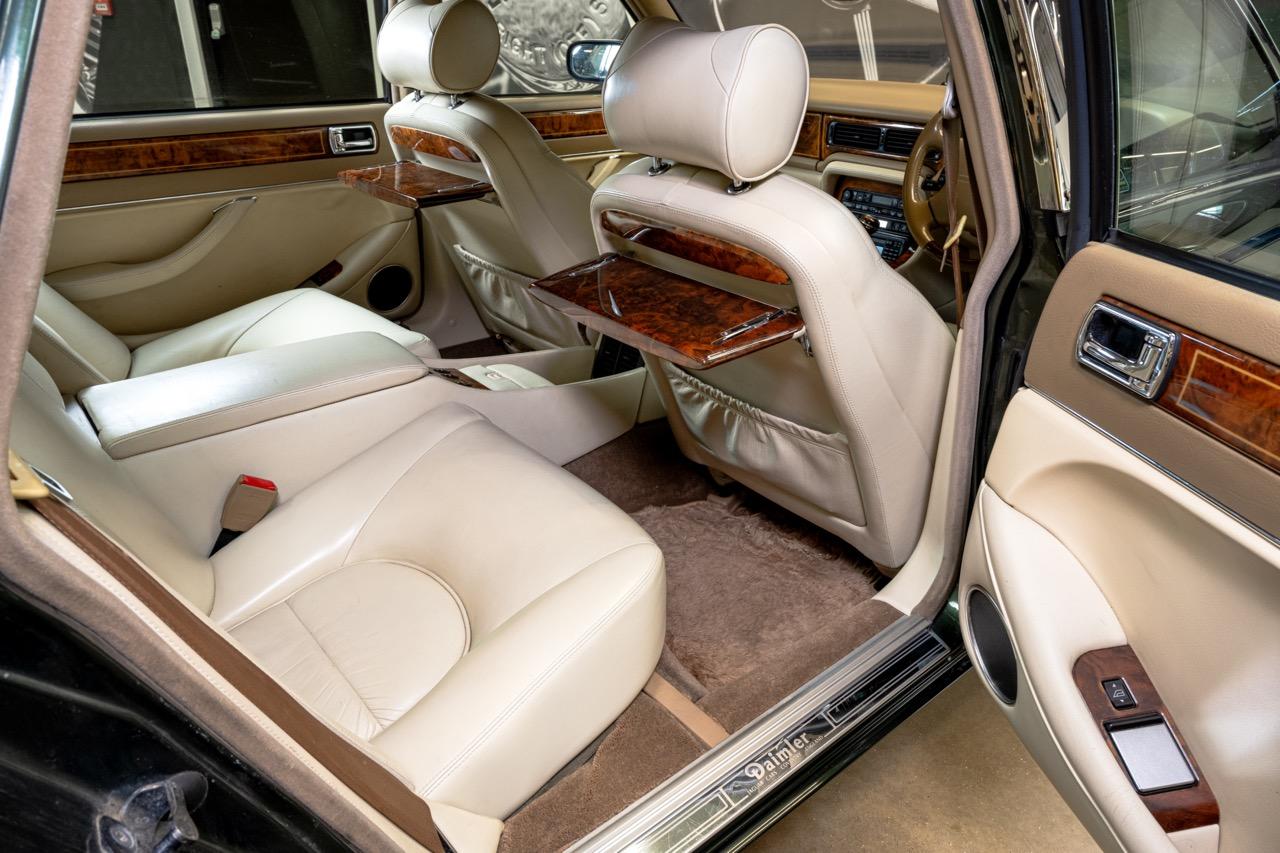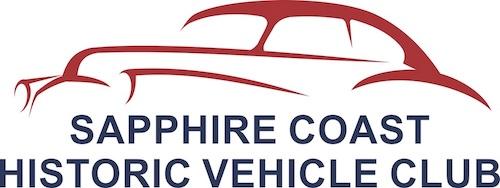Jaguar X300

Every year in the Hagerty UK Bull Market, we aim to include at least one car that almost anybody could go out and buy. The X300-generation XJ and Daimler Six are the perfect examples of a car that doesn't need an endowment to afford, which is ironic as the Jaguar XJ and its ilk still have more than a whiff of 'old money' about them. In the right condition and colour, there's definitely something of the family heirloom about it.
Sam Skelton, editor of the magazines Jaguar World and Classic Jaguar, explains it with perfect clarity: "For my money it's the last proper saloon made by Jaguar, and the better-spec ones make you feel really special." If you're looking at the Six, then part of that is rarity, since the Daimler made up only around one in 100 X300s sold. Skelton's car cost a whopping £60,000 new, with a further £6K of options, including heated and electric rear seats, and a paintwork colour used on the Queen's car.
Not all X300s were quite so well-specified. As Skelton points out, it was possible to get a basic XJ with cloth trim, a manual gearbox, wheel trims rather than alloys, and even forego air conditioning. While these XJs still have charm (and presumably, give you fewer things to poke around at when inspecting a car), it's the higher-specification cars that are more desirable, and which are much more becoming of the X300's luxury aspirations.
Skelton advises buying on condition, rather than spec. You can always upgrade a lower-spec car with the right parts, but because X300s have fallen to the bottom of the market over the last decade or so, poor examples are still out there.
"The 3.2 is slower and thirstier than the 4 litre, but not by much" he says. "And the XJR costs more to own and maintain. Daimler models tend to be maintained a little better than Jaguar and may be a little more expensive as a result."
The X300 was very well regarded when new, despite a few flaws inherited from its XJ40 predecessor. Styling was a marked improvement, evoking the original XJ6 and banishing the XJ40's boxiness (easier to stomach though the latter now is), and while Jaguar did sacrifice passenger space for style, interior quality took a step upwards.
And if the XJ40 drove well, the X300 improved on it further. Journalists commented on the car's newfound steering precision and better body control, with no notable loss in ride quality; this Jaguar (or Daimler) glides with the best of them, something enhanced by its smooth straight-six or, in the 'Double Six', V12 engines. Skelton notes that the government often picked V12s as ministerial cars, though don't let the chance one was owned by an unpalatable politician put you off…
Interesting to think, too, that as Jaguar was launching the X300, Land Rover debuted the P38A Range Rover. One an older car comprehensively refreshed for the 1990s, the other a resolutely 1990s car trying not to lose all of its 1970s roots. The P38A was good, but we think the X300 might just have done better job of meeting its goals. Today, you can find out just how well for only a few grand.
1995 Daimler Six
Engine: Inline-6, 3980cc
Transmission & layout: 4-speed automatic, front-engined, rear-wheel drive
Power: 237bhp @ 4800
Weight: 1825kg
Price range, Fair to Concours: £1,600–£12,500
Top examples of this model in Australia are around $20,000


Related pages


